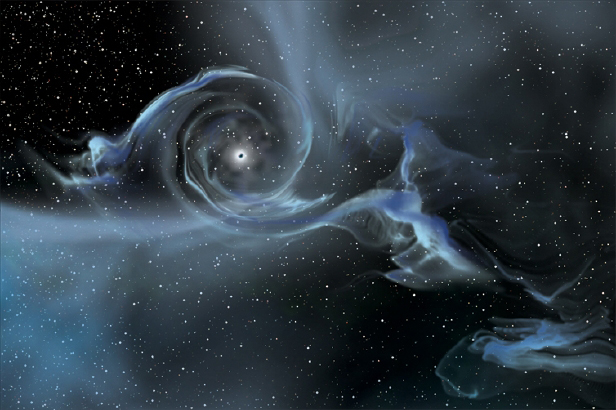Our Universe might be on the edge of destruction, as theory suggests that the Higgs field is in a metastable vacuum. If this field tunneled to its “true” minimum energy state, the release of energy would be cataclysmic. The danger may be over-stated, as other physical mechanisms could have kept the Universe stable throughout its history. Nevertheless, the Higgs instability could have a major cosmological impact as the source of dark matter. According to this new scenario, dark matter consists of a large population of subatomic-size black holes that formed from fluctuations in the Higgs field probing the potential instability at the dawn of the Universe. These so-called primordial black holes have been proposed before, but this is the first hypothesis that doesn’t require physics beyond the standard model (apart from a period of inflation).
Physicists have long been aware that the Universe might rest in a “false vacuum.” This idea has recently taken on new urgency, as calculations based on the measured top and Higgs masses have shown that a lower energy state may exist for the Higgs field. Analyzing the implications of the Higgs instability, José R. Espinosa (IFAE, Barcelona), Davide Racco and Antonio Riotto (University of Geneva) have found that this menacing mechanism could be instrumental in creating the dark matter that makes galaxies and other life-accommodating structures possible. The team studied fluctuations in the Higgs field during the early inflationary expansion of the Universe. Under certain assumptions, these fluctuations become seeds for microscopic black holes with masses around 1015 kg that could have a density consistent with cosmological predictions of dark matter. If this scenario were correct, the Higgs field would not only be responsible for the masses of elementary particles but also for the dark matter content of our Universe.
This research was awarded First Prize in the 2018 edition of the Buchalter Cosmology Prize. See http://www.buchaltercosmologyprize.org/
References

